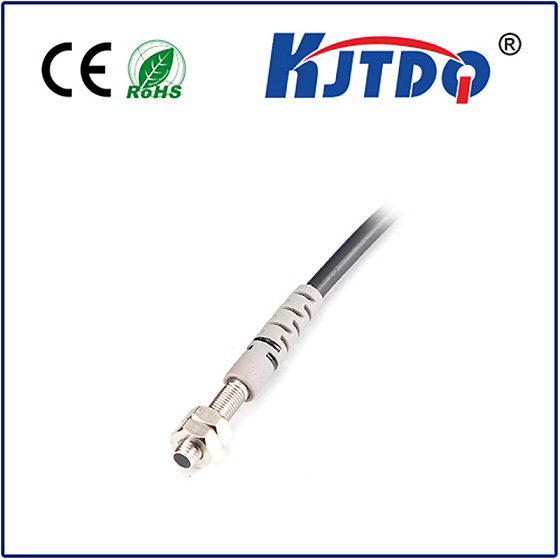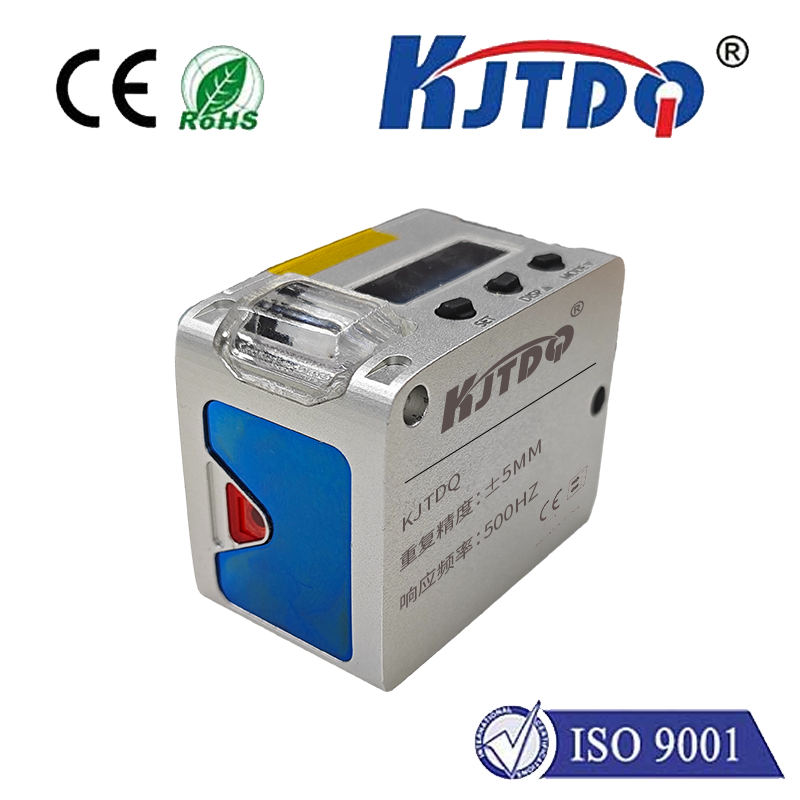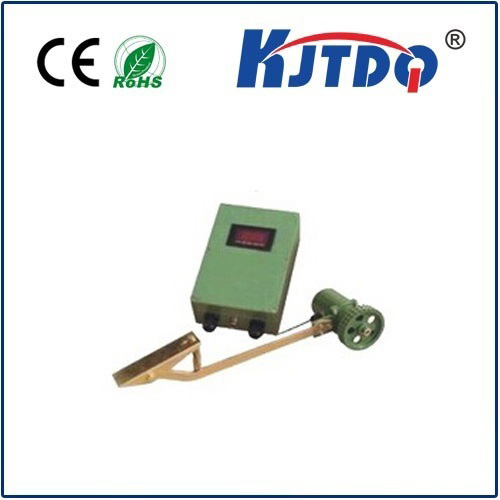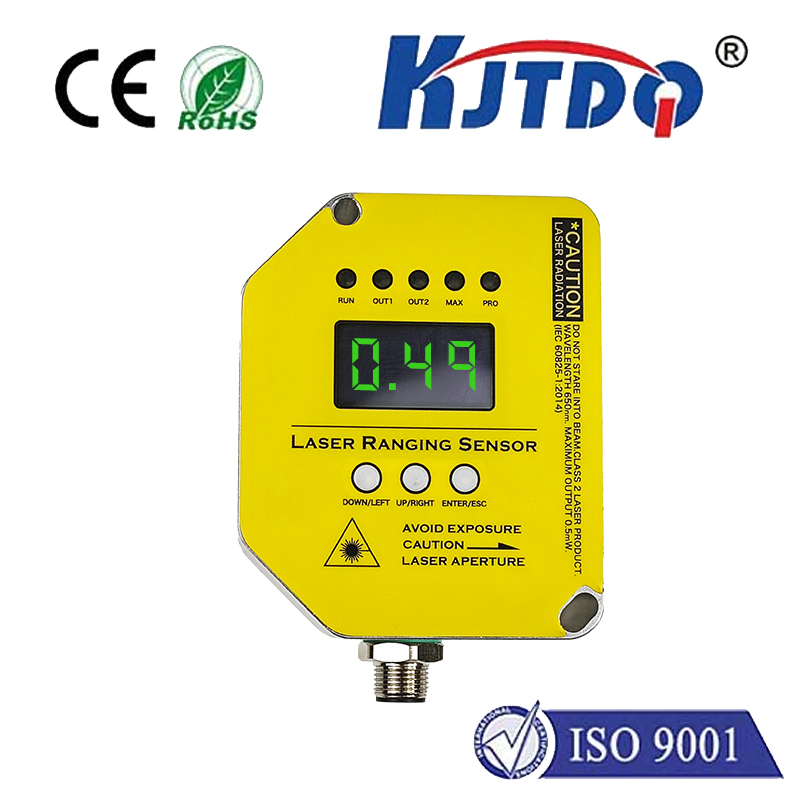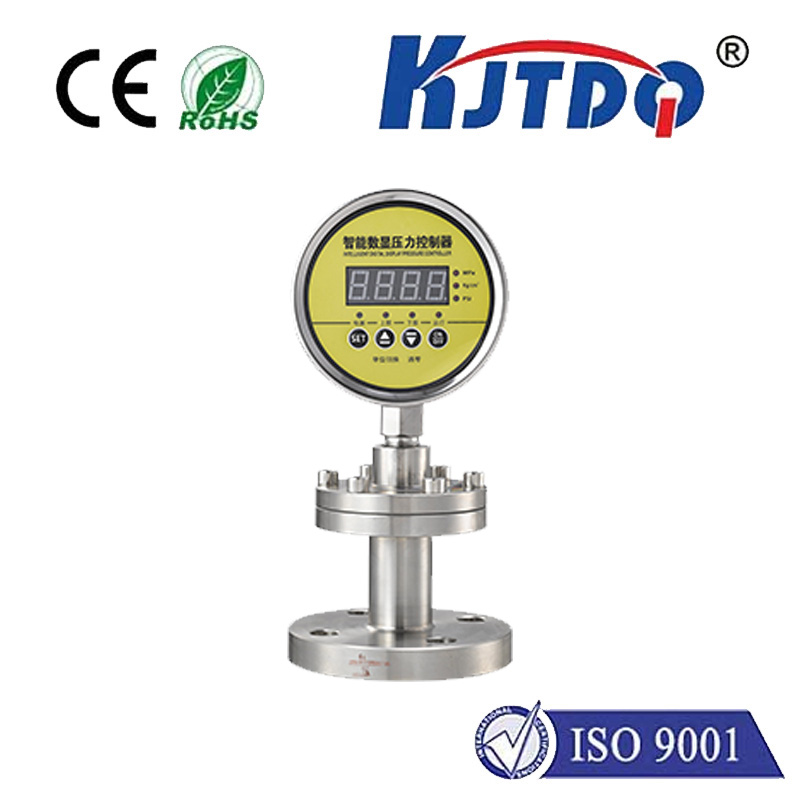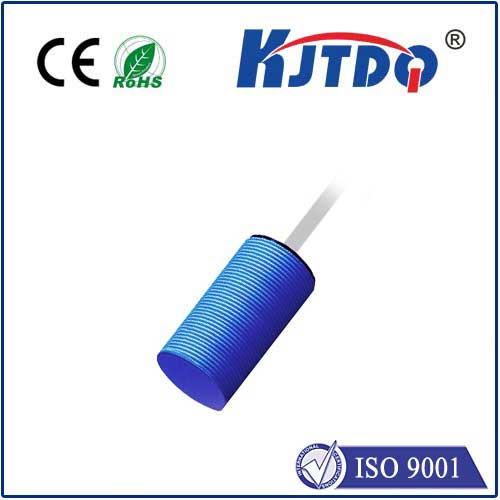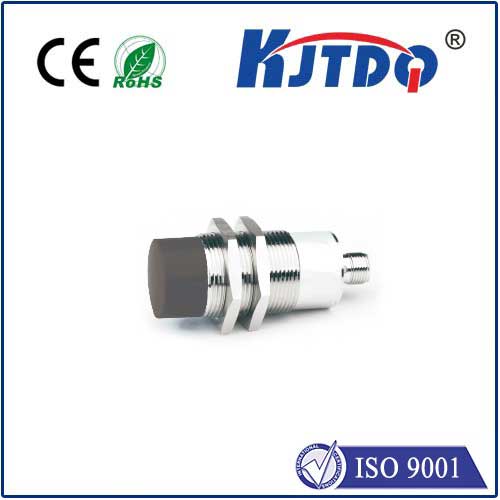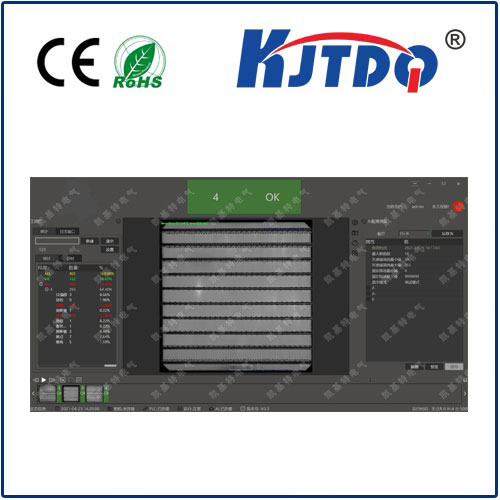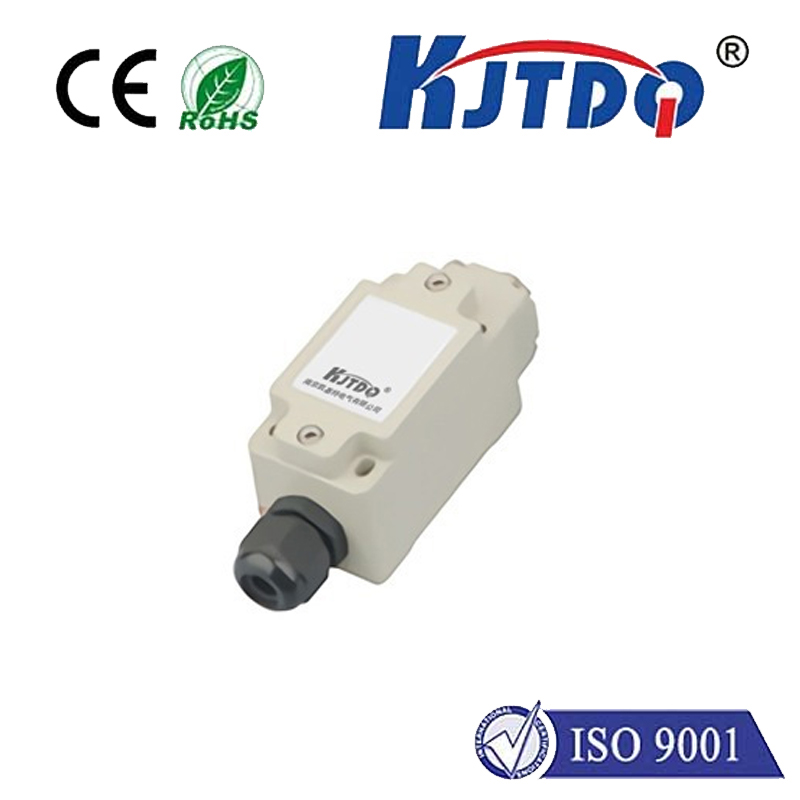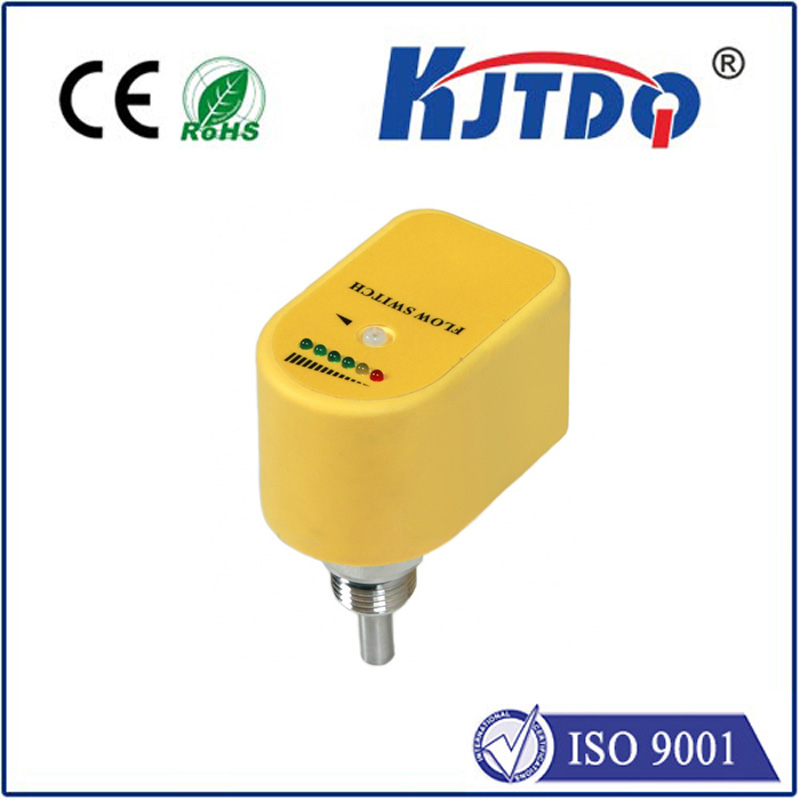proximity detector
- time:2024-11-08 01:55:45
- Click:0

The Innovative World of Proximity Detectors: A Detailed Insight
In an age where technology pervades every corner of our lives, proximity detectors have emerged as essential tools, seamlessly integrating into various applications. These devices, designed to detect the presence or absence of objects within a specific range, are revolutionizing industries and enhancing everyday conveniences. This article delves into the fascinating realm of proximity detectors, shedding light on their functionalities, types, and diverse applications.
Understanding Proximity Detectors: The Basics
At its core, a proximity detector is an electronic device that senses the presence of nearby objects without any physical contact. It operates based on various principles including capacitive, inductive, ultrasonic, and optical technologies. Capacitive sensors work by measuring changes in capacitance caused by the proximity of an object, while inductive sensors rely on electromagnetic fields to detect metallic objects. Ultrasonic sensors use sound waves, and optical sensors use light to identify objects in their vicinity.
Types of Proximity Detectors: Diverse Technologies for Specific Needs
Proximity detectors come in various forms to cater to different requirements. Here’s a closer look at some common types:
- Capacitive Proximity Sensors:
- Utilize the principle of电容(capacitance change)to detect objects, making them suitable for non-metallic materials.
- Widely used in consumer electronics like smartphones for features such as auto screen wake/sleep.
- Inductive Proximity Sensors:
- Leverage changes in the magnetic field to detect metal objects.
- Commonly found in manufacturing and industrial settings for monitoring conveyor belts and machinery.
- Ultrasonic Proximity Sensors:
- Emit ultrasonic waves and measure the time it takes for the echo to return, calculating distance.
- Often used in parking sensors for cars to prevent collisions.
- Optical Proximity Sensors:
- Use light beams to detect objects, making them ideal for high-precision measurements in robotics and automation.
- Can differentiate between various colors and textures due to their reliance on reflected light.
Applications of Proximity Detectors: Enhancing Everyday Life
The versatility of proximity detectors makes them indispensable across numerous sectors. Here are some notable applications:
- Consumer Electronics:
- Facilitate touchless interactions, such as gesture controls for smart home devices.
- Enhance user experience with intuitive interfaces.
- Industrial Automation:
- Monitor and control manufacturing processes with precision.
- Ensure worker safety by detecting the proximity of individuals to hazardous areas.
- Transportation:
- Enable advanced driver-assist systems like automatic braking and parking assistance.
- Contribute to safer and more efficient driving experiences.
- Healthcare:
- Play a vital role in patient monitoring systems to ensure timely interventions.
- Support medical equipment by providing accurate detection capabilities.
Conclusion: The Future of Proximity Detectors
As we continue to innovate and refine technology, the future of proximity detectors looks promising. With advancements in artificial intelligence and machine learning, these devices will become even more intelligent and capable. They will not only enhance existing applications but also open doors to new possibilities in various industries. Proximity detectors are set to play a crucial role in shaping the technological landscape, making our lives more convenient, safe, and efficient.





